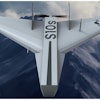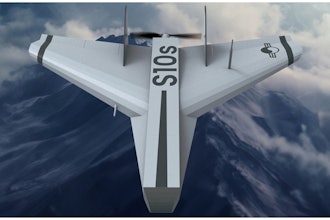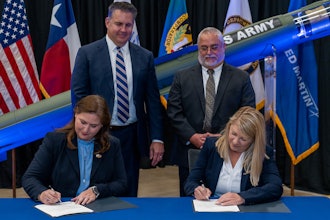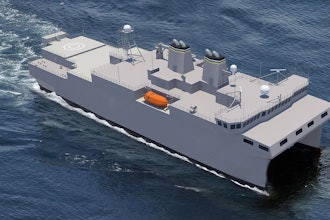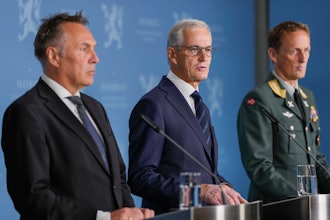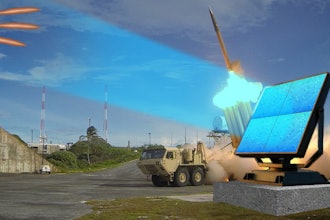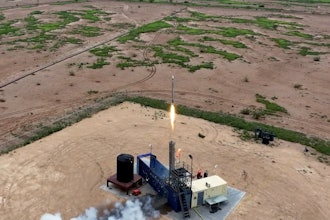
SAN DIEGO - Firestorm Labs, Inc., an expeditionary manufacturing company, has secured $47 million in Series A funding. The new capital, rapid growth, and multiple U.S. Department of Defense (DoD) contracts secured by Firestorm, signal investor confidence and build upon the initial $12.5 million seed round.
These investments enable Firestorm to advance its additive-manufacturing platform, by adding engineers, opening a larger production facility, and broadening its partnership program. The new funds will also accelerate in-theater production of versatile, affordable UAS and other mission-critical platforms to meet the evolving needs of U.S. and allied defense organizations.
In alignment with Executive Order 14307, "Unleashing American Drone Dominance," Firestorm looks to use its Series A funding to scale xCell, an expeditionary factory-in-a-box that produces modular airframes, mission-specific payloads and replacement components at the point of need. This investment fulfills the President's directive for rapid field production and sustainment of unmanned systems.
Combat units must be able to replenish losses and adapt their drone fleets in contested environments, without returning systems to centralized facilities or waiting for spare parts. The xCell platform enables operators to produce a complete Tempest UAS on site and then reconfigure it for ISR, electronic warfare, or strike missions, thereby providing multimission readiness wherever the fight moves.
Dan Magy, CEO of Firestorm, said, "We're thrilled about this milestone, because it empowers Firestorm to deliver critical, battlefield-ready solutions faster and at scale. Our unique ability to 3D print modular airframes on-site dramatically reduces production timelines, costs, and logistical constraints, giving the U.S. and allied forces the adaptive technology they urgently need in complex and contested operational environments."
With the funding, Firestorm will also enhance its modularity suite by uniting an onboard computer, tactical software, developer tools, and mission planning into one plug-and-play ecosystem. Unlike brittle lab prototypes, this operator-first solution is field-proven and delivers autonomy, adaptability, and control at the edge without vendor lock-in or reliance on GPS or communications.
This investment supports the prioritization by senior DoD leaders of logistics resilience including modularity, point-of-need manufacturing, and seamless planning to production workflows. This integration empowers non-technical personnel to launch complete build cycles in contested environments and shifts sustainment control back to front-line units.


